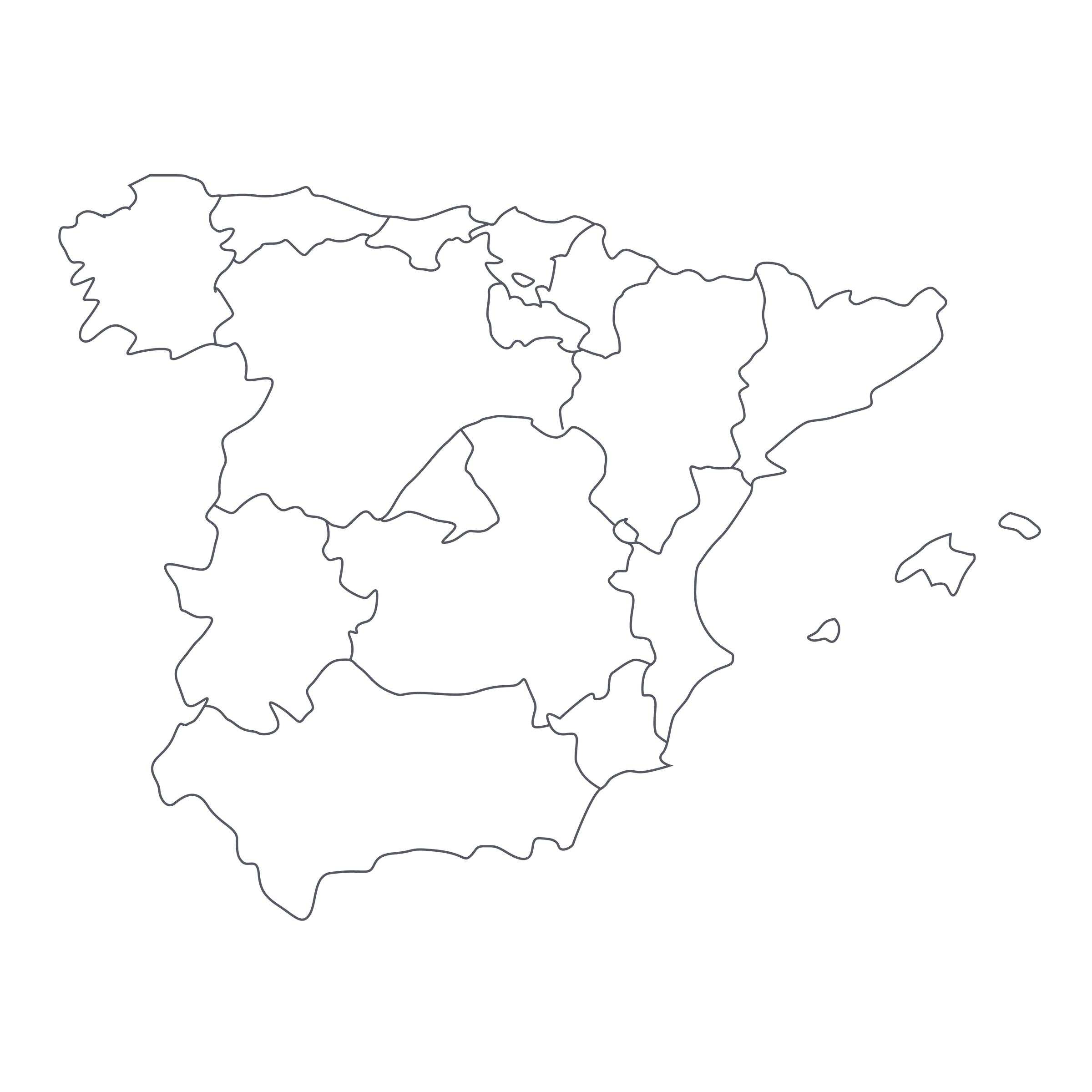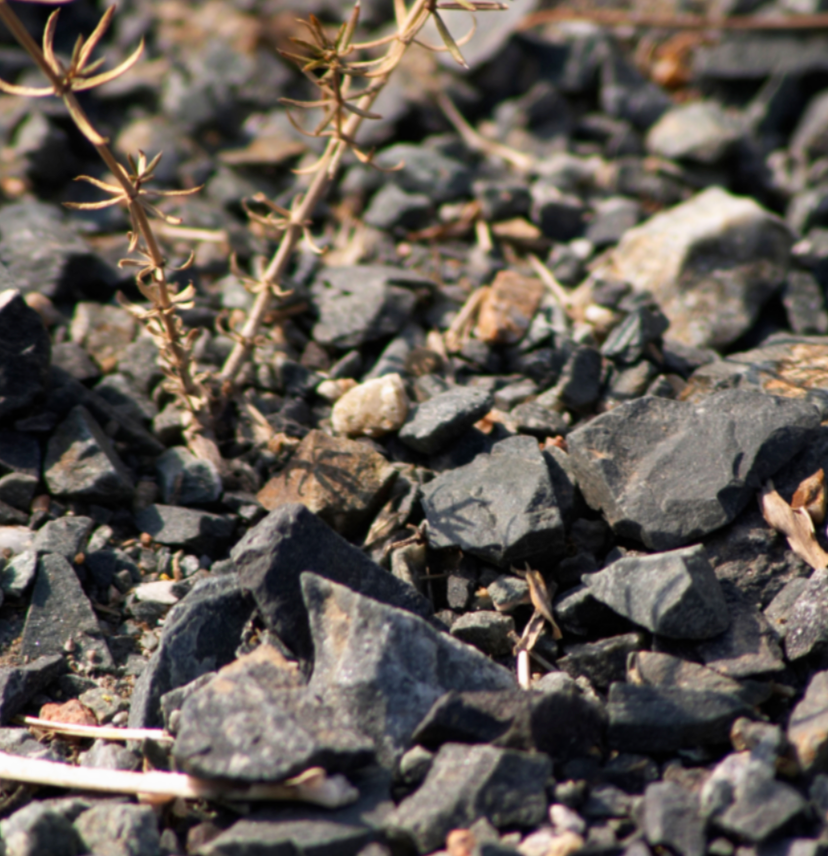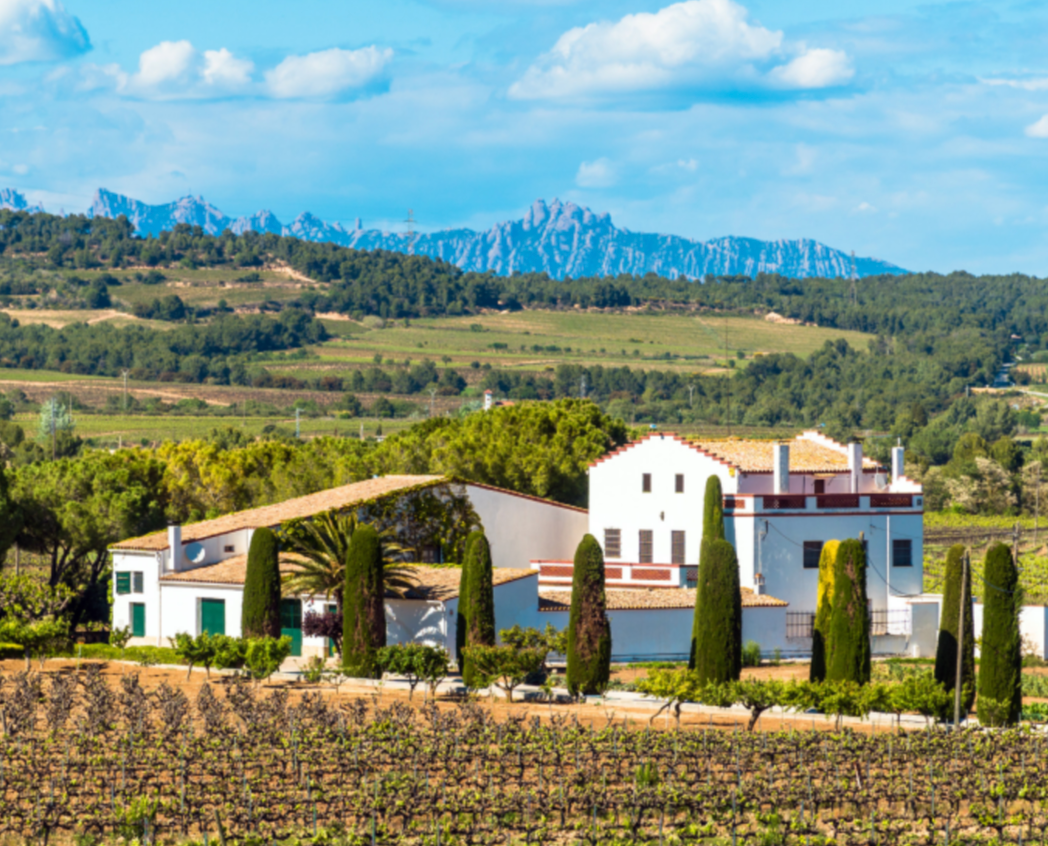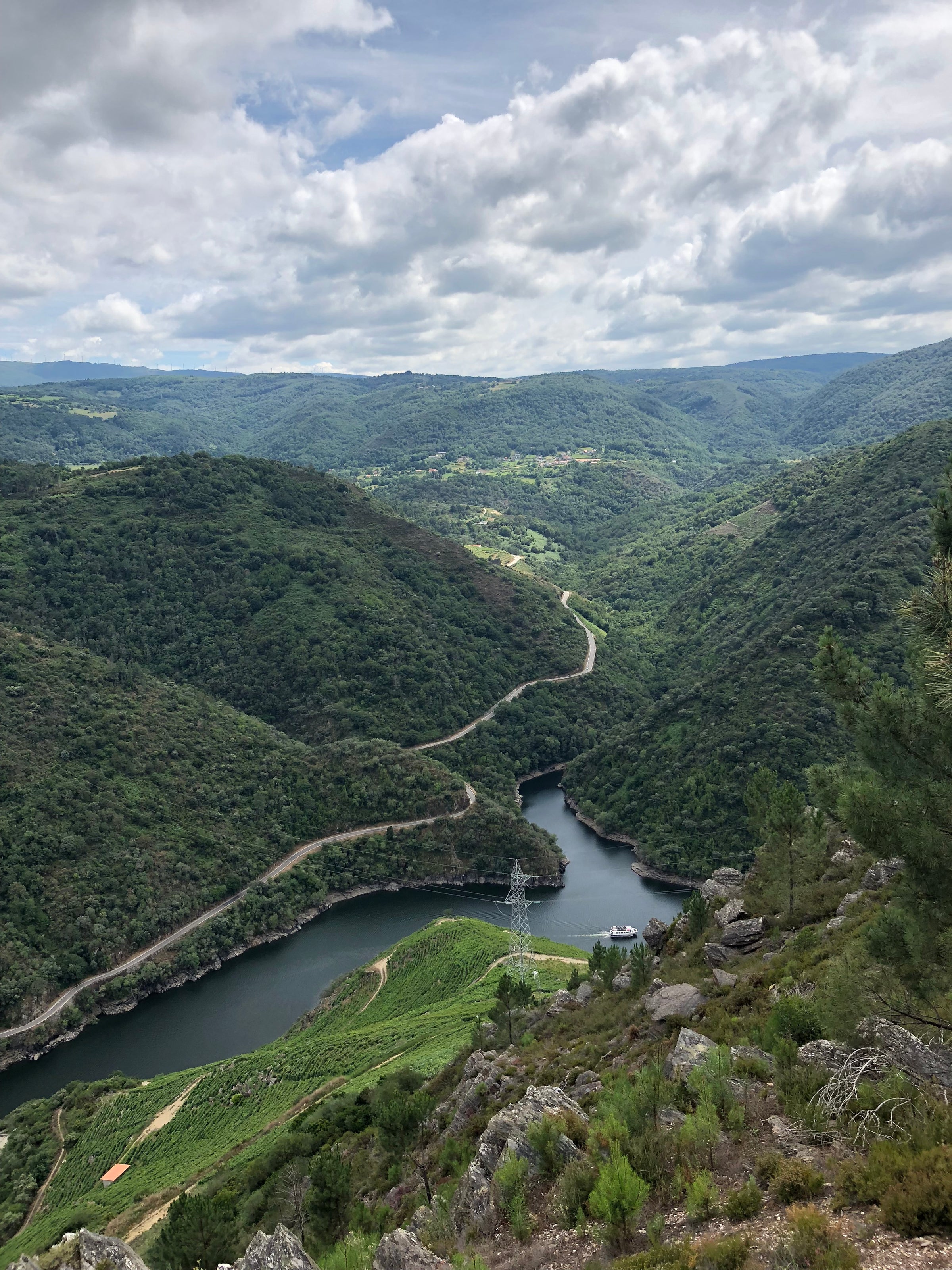After all these years, Priorat still feels like a bit of mystery—the style spectrum remains broad, as producers continue to explore what this place is capable of producing. Tasting today’s impeccably balanced (and very well priced) example from Mas Martinet was exactly the “what’s happening now” kind of reset I was looking for.
Forty years ago, it was unlocked by a viticultural renaissance, releasing the magic long-buried in its divinely touched soils. But in the intervening years, “new” iterations of Priorat contained substantial portions of Cabernet Sauvignon and Syrah blended with their cherished, native Garnacha (Grenache) and Cariñena (Carignane). Ripe, chewy, opaque red wines, heavily textured and flavored with new French oak barriques and pushing 15% alcohol, were all the rage. But now, as Mas Martinet demonstrates with today’s game-changing ’18, it would seem that more level heads have prevailed. Organic viticulture has intensified in the region, as revived, old-vine Grenache and Carignane began to take center stage in the blends and the Cabernet-Syrah role took a back seat. Growers have begun to harvest earlier to retain freshness and acidity. In the winery, “whole-cluster” fermentations are explored with less aggressive extraction for color and texture. Smaller, new barrels are traded for large format, neutral oak vessels as well as concrete vats and clay amphorae. Mas Martinet’s 2018 “Bru” exemplifies all of that—it’s an example of Priorat coming full circle, taking its rightful place as one of the world’s most intriguing terroirs. This wine, like its place of origin, is poised to tell you the whole story.
And it is a compelling one, well worth retelling: In 1979, René Barbier, a native of Tarragona, the Mediterranean coastal town just 15 miles from Priorat, convinced a band of like-minded aspirants to join him in rediscovering the “severe” terroir of the rugged, rocky bluffs of Priorat. A simple land acquisition began to change the trajectory of post-modern Spanish winemaking. Having trained in Burgundy and worked in Alsace and Bordeaux, Barbier introduced the concept of the clos (small, enclosed, walled-in vineyard) and soon this handful of dreamers had their own mini-estates bearing names Clos Mogador, Clos Erasmus, Clos de l’Obac and Clos Martinet.
José Luiz Pérez was one of Barbier’s original Priorat crew and he established Mas Martinet in 1989. “Clos Martinet” is the flagship wine from their 15-hectare estate in the village of Gratallops. Since 2001, José’s daughter, Sara Pérez, has managed all activity and guided their entire estate holdings to fully organic viticulture since 2008. Their Martinet “Bru” is mainly sourced from a single vineyard, known as Mas Seró. Located within the “Vi de Vila” zone (the new classification for specific village sites) of Masos de Falset, it’s a cooler, coastal-facing site deeply packed in typical Priorat llicorella (fractured, dark, slate-based soil). The midday heat reflecting off this quartzite-flecked soil is cooled by a strong sea-breeze influence, locally called garbinada. The specific terroir of Mas Seró affords the grapes a longer, evenly balanced growing season resulting in aromatic lift, complex flavor, and structural nuance.
.
All the fruit for the 2018 Martinet “Bru” was hand-harvested and most of the clusters were destemmed, with 20% of the clusters left whole through fermentation. The blend is roughly equal parts Grenache, Carignane, and Syrah rounded out with some Merlot and Cabernet. Pérez will co-ferment some of the grapes depending on the balance of sugar and acidity in the different varieties. Fermentation takes place in “open top” concrete vats to ensure optimal oxygenation and all work requires gentle handling to preserve pristine fruit flavor and freshness. After finishing alcoholic fermentation, the grape “must” is pressed and left to rest in a combination of 4,000-liter wood tanks, 300-liter barrels, clay amphorae and some glass demijohns for approximately 13 months. Martinet Bru 2018 was bottled in November 2019.
Pérez believes her ’18 Martinet “Bru” is the finest vintage of this wine and considers it a turning point—concrete evidence of their steadfast biodynamic approach over the last decade. The proof is in the glass, revealing a dark garnet red with ruby reflections toward the rim. An alluring perfume jumps outs much like nuanced red Burgundy or Châteauneuf-du-Pape, with a mixture of bright raspberry, wild cherry, and black fruits underneath dancing scents of licorice, dried herbs, spicy florals, burnt orange, white pepper, and warm, dusty slate. It is medium-plus in body, with finely tuned tannins wrapped around tart boysenberry and violets—a soaring, smoky mineral cord running throughout. A symphonic wine, vivid and fresh, seamlessly gliding from plush to firm and back! This stunning Priorat deserves a full 60-minute decant, after which I’d suggest serving at a cool 60 degrees in Burgundy stems. This wine is a history dream of a wild place shaped by extreme terrain, bitter cold winters and dry, hot summers. A place where 12th century, wine-obsessed Carthusian monks planted vines on their stairway to heaven. It has survived disease, mass exodus, and civil strife. Now it’s the center of a modern wine renaissance. This wine is the proof!










